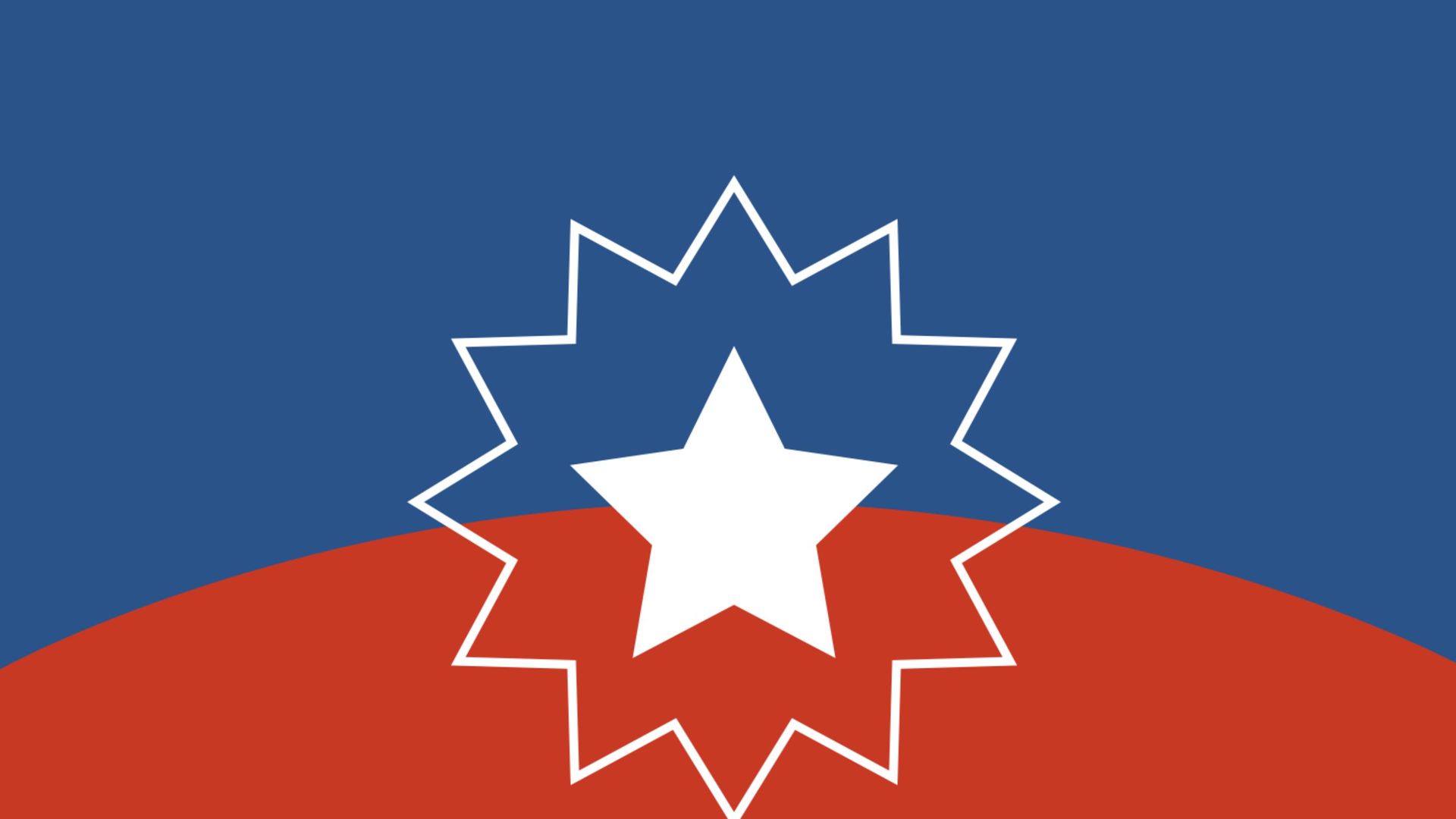Tips for Starting an MBA Program as a Veteran
PUBLISHED:
Tips for Starting an MBA Program as a Veteran
Have you had the honor of serving in the armed forces? Are you eager to enhance your opportunities for a thriving career in the world of business? If so, considering an MBA program could prove to be an excellent decision. This blog will explore the advantages of pursuing an MBA program specifically tailored for veterans and highlight a top-notch MBA program suitable for your educational journey. It will also provide tailored advice for veterans navigating the MBA application process, focusing on optimizing their transition into civilian careers post-military service. If you are navigating the MBA admissions journey take these four invaluable tips to benefit from your experience as a military veteran. Maximize the advantages of your service by choosing a program with a veteran-friendly ethos, where your skills and leadership are valued in a supportive, career-focused community.
Open up about your Leadership Experiences
For veterans, the weight of responsibility and leadership roles carried is a major asset for business schools. Veterans possess a unique set of leadership skills that distinguishes them in the business administration landscape. Their leadership experiences involve life or death decisions and high pressure problem solving while overseeing substantial numbers of individuals. Military applicants exhibit a level of responsibility and leadership exceeding that of most MBA candidates.
MBA programs enthusiastically embrace former service members due to the robust leadership skills cultivated in the military. For veterans, the roles of supervision and management seamlessly transition to post-MBA careers. Employers recognize veterans as exceptional leaders and team members, making them highly sought after upon graduation.
Throughout the application process, share the details of your leadership escapades. Admissions officers are captivated by gripping stories of intense decision making and leadership from veterans. MBA programs are eager to witness your leadership expertise, especially in the heat of challenging situations.
Utilize Veteran-Specific Resources
Recognize that you are not navigating this journey alone. There are dedicated resources and support systems designed specifically to assist veteran applicants. Many business schools have established programs or admissions officers focused on supporting veterans through the application process. Reach out to these resources early in your application journey. Seek guidance on tailoring your application, understanding the unique considerations for veterans, and accessing mentorship opportunities. Engaging with these resources not only provides valuable insights but also demonstrates your proactive approach to the admissions process.
The Yellow Ribbon Program, in particular, is a valuable resource for veterans pursuing higher education. This program, often associated with top tier business schools, helps cover tuition and fees that exceed the standard benefits provided under the G.I. Bill. Understanding and leveraging the Yellow Ribbon Program can significantly alleviate financial concerns associated with pursuing an MBA.
External organizations, such as the Service to School (S2S) initiative, can also be instrumental in providing support and guidance. These organizations often connect veterans with mentors who have successfully transitioned from military service to MBA programs, offering a wealth of
experience and advice.
Tailor Essays and Interviews to Each Program
One of the common pitfalls in the MBA application process is adopting a one-size-fits-all approach. Each MBA program has its own distinct culture, strengths, and values. Admissions committees appreciate candidates who have taken the time to understand what makes their program unique and can articulate why it is the ideal fit for their educational and professional journey.
Before diving into your essays, invest time in researching and understanding the specific characteristics of each program you are applying to. Consider the faculty, resources, and community aspects that align with your aspirations. Tailor your essays and interview responses to explicitly connect your experiences and goals to what each program offers.
For example, if a program is renowned for its emphasis on Peter Drucker and his effective management practices, discuss how your military background has equipped you with the entrepreneurial mindset needed to thrive in such an environment. Demonstrating this level of specificity not only showcases your genuine interest in the program but also enhances your chances of acceptance.
Understand your “Why”
This guidance holds relevance not only for business school applications but also for any career transition post-service. Frequently encountered in MBA interviews are questions like "Why do you want an MBA?" or "How does your military background drive your interest in business school?" The ability to express your response in a lucid, organized, and compelling manner significantly impacts the robustness of your application and interview performance. Recognizing and communicating your "why" is key to presenting a compelling narrative that resonates with admissions committees. Articulating your motivation effectively not only enhances your application but also helps build a strong foundation for your future endeavors.
MBA Program Highly Recommended for Veterans
The California Institute of Advanced Management (CIAM) stands out as a highly recommended MBA program for veterans, offering a distinctive educational environment tailored to meet the unique needs of military service members transitioning into the business world. CIAM's commitment to fostering a diverse and inclusive community aligns seamlessly with the rich experiences veterans bring to the table. With a faculty dedicated to providing personalized attention and a curriculum designed to instill practical, real-world skills, CIAM ensures that veterans not only excel academically but also thrive in their post-military careers. Moreover, CIAM's recognition and active participation in the Yellow Ribbon Program underscore its commitment to easing the financial burden for veterans pursuing advanced education. By combining academic excellence, personalized support, and a veteran-friendly ethos, CIAM emerges as a top choice for those seeking an MBA program that not only values their military background but also propels them toward leadership roles in the civilian business landscape.
Veterans Interested in Moving Forward with their MBA Degree
Feel free to reach out to CIAM’s Veterans Services at (626) 350-1500 or [email protected] to inquire about your education benefits, and do not forget to consider CIAM as an option for your MBA journey! Explore the unique opportunities CIAM offers to veterans, blending academic excellence with military-supportive culture. Join a supportive community that understands and values your military experience as you chart your path to success in the business world.



